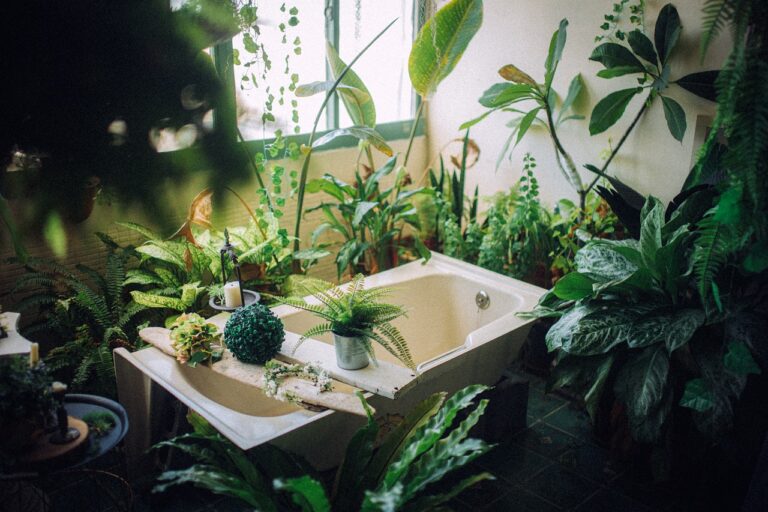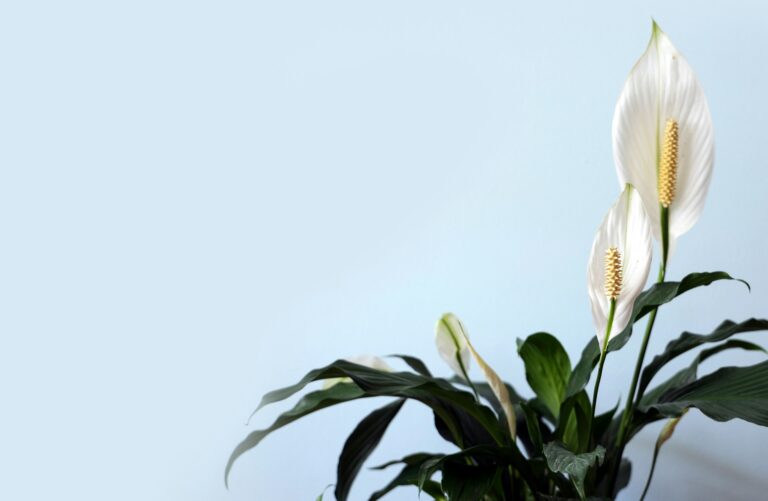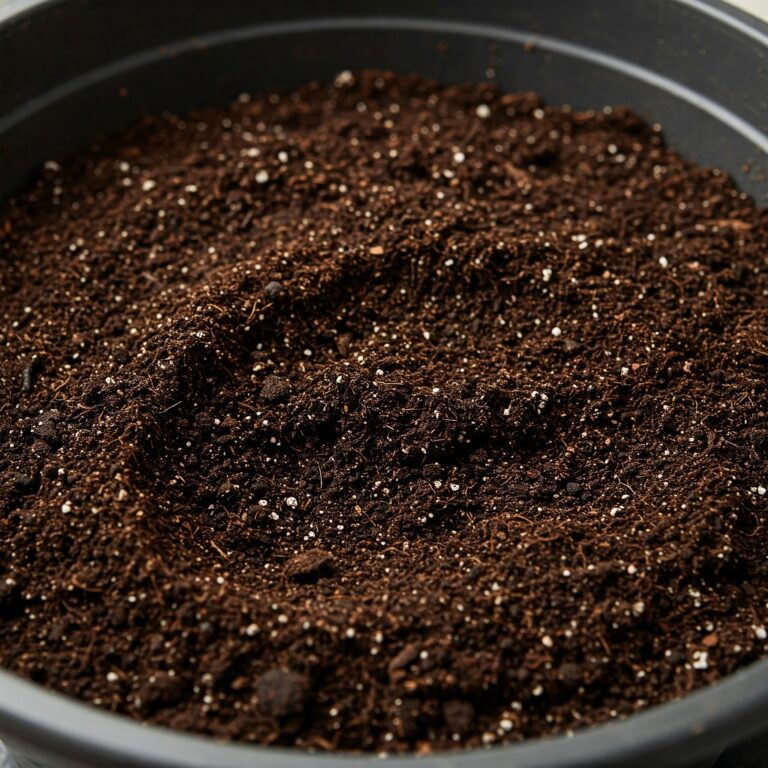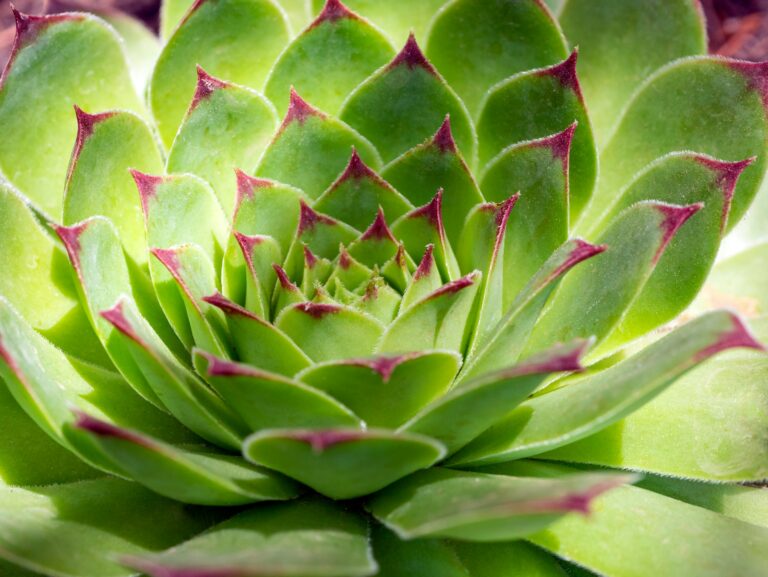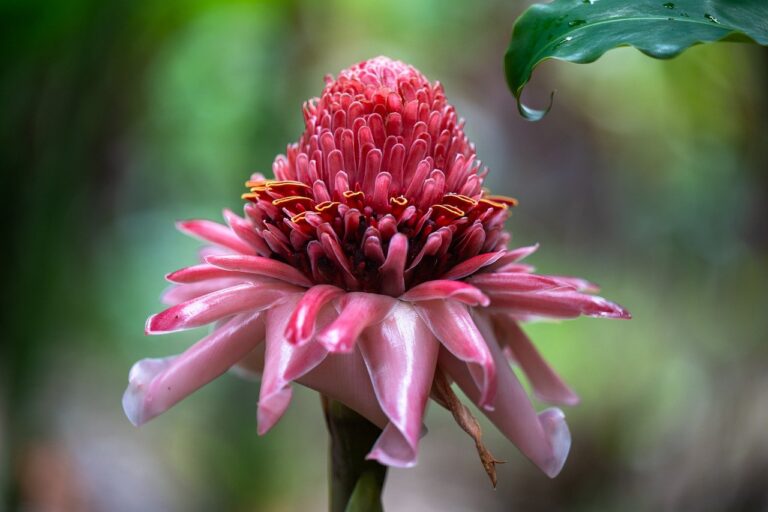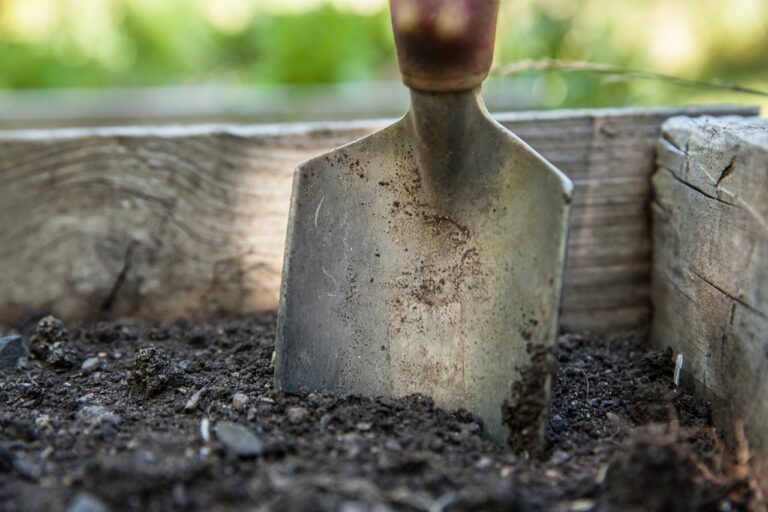Alocasia bambino, also known as the dwarf elephant ear plant, is a stunning tropical houseplant that has become increasingly popular among indoor plant enthusiasts. With its distinctive dark green leaves, attractive shape, and compact size, the Alocasia bambino is an excellent choice for adding a touch of exoticism to any room in your home.
However, like most plants, Alocasia bambino requires proper care to thrive and remain healthy. So, how can you care for Alocasia Bambino plant? To care for the plant, you must provide it with the requirements such as proper lighting, watering, humidity, temperature, well-draining soil, and balanced fertilizer.
These requirements are necessary for every plant to grow healthy and thrive. Once you care for your plant, it will grow healthy and vibrant.
If you want to know how to care for Alocasia Bambino, read the article until the end. You will find guidelines and tips to follow to ensure your plant thrives.
The best requirements to care for Alocasia Bambino plant
Here are the requirements to care for your plant indoors. These requirements will differ from plant to plant and your growing conditions.
Water
Every plant requires water to grow. Alocasia Bambino plant requires the soil to be moist. That means it doesn’t need excess or less amounts of water. The secret to giving plants water is knowing your plant and the conditions in your area. For instance, during summer, you have to give the plant more water than in winter because the plant uses more water when it is hot.
However, when watering, ensure that you don’t overwater or underwater the plant. Overwatering can lead to root rot and other issues, while under-watering can cause the plant to wilt and suffer from stunted growth.
Alocasia Bambino likes to be kept consistently moist but not wet, so ensure that the soil doesn’t have stagnant water. Before watering, check the moisture content in the soil using a moisture meter or your finger. Stick your finger about an inch into the soil and check if the soil is dry or wet.
The quality of the water used for watering is also essential, as Alocasia Bambino is sensitive to chemicals and minerals in tap water. Using distilled, filtered, or rainwater can help prevent any adverse plant growth effects.
Light
Light is an essential factor for the health and growth of Alocasia Bambino plant. Understanding its light requirements can help you care for the plant properly.
Alocasia Bambino prefers bright, indirect light but can also tolerate some direct sunlight. Too much direct sunlight can scorch the leaves, while too little light can cause the plant to become leggy and lose shape. Place the plant near a north or east-facing window to provide the ideal amount of bright, indirect light for the plant.
If the plant is not receiving enough light, it may produce smaller leaves, and the color of the leaves may fade. On the other hand, if the plant is exposed to too much direct sunlight, the leaves may develop brown spots and suffer from leaf burn.
Also, the plant thrives in a consistent environment, so avoiding moving the plant frequently is best. Moving the plant from one location to another can cause stress and affect its growth.
Humidity
Humidity is essential for caring Alocasia Bambino plant, as it is native to humid tropical regions. Understanding the plant’s humidity requirements can help you provide the right environment for the plant’s growth and prevent issues such as leaf browning, yellowing, and wilting.
Alocasia Bambino plant prefers high humidity levels of around 60-80%. Low humidity levels can cause the plant’s leaves to dry and turn brown, while high humidity levels can cause fungal growth and other issues. Maintaining the ideal humidity levels for the plant can also promote healthy growth and prevent pests from infesting the plant.
Here are some ways you can care for your Alocasia Bambino plant’s humidity requirements:
- Use a humidifier: A humidifier is an excellent tool to increase the humidity levels in your home, especially during the winter months when the air can be dry.
- Group plants together: Placing multiple plants together can help increase the humidity levels around the plants. As the plants release moisture through transpiration, the air becomes more humid.
- Mist the leaves: Misting the leaves with water can help increase the humidity levels around the plant. However, don’t mist the leaves too frequently or leave them wet for an extended period because it can lead to fungal growth and other issues.
- Use a pebble tray: Placing a tray filled with pebbles and water underneath the plant’s pot can help increase the humidity levels around the plant. As the water evaporates, it creates a humid microclimate around the plant.
Temperature
Alocasia Bambino plant grows well in a warm and humid environment. To care for the plant, you need to understand its temperature requirements to help you provide the right environment for its growth.
High or low temperatures can cause plant problems such as wilting, brown or yellow leaves, and diseases.
Alocasia Bambino plant prefers warm temperatures between 65-85°F (18-29°C) during the day and around 60-75°F (15-24°C) at night. The plant can tolerate temperatures outside of this range, but extreme temperatures can cause stress and affect its growth.
Here are some ways you can care for your Alocasia Bambino plant’s temperature requirements:
- Alocasia Bambino plant is sensitive to cold drafts, which can cause its leaves to curl and drop. Avoid placing the plant near windows, doors, or air conditioning units that can cause cold drafts.
- The plant prefers warm temperatures, so keep it in a warm environment. During the winter months, you can use a space heater to maintain the ideal temperature range for the plant.
- Extreme hot or cold temperatures can stress the plant and affect its growth. Protect the plant from extreme temperatures by protecting it from radiators, heating vents, and direct sunlight.
- Monitor its response to the temperature conditions and adjust its placement accordingly. If the leaves start to wilt or turn yellow, it may indicate that the plant is not receiving the ideal temperature range.
Fertilizer
Fertilizer provides the plant with essential nutrients to grow. When picking fertilizer, ensure it has the balanced nutrient ratio the plant requires. Alocasia Bambino plant requires regular fertilization during the growing season, typically from spring to early fall.
The plant prefers a balanced, water-soluble fertilizer with equal parts nitrogen, phosphorus, and potassium or a fertilizer explicitly formulated for houseplants. The ratio of nutrients in the fertilizer should be balanced, as an imbalance can lead to issues such as stunted growth, yellowing leaves, or reduced vigor.
Here are some ways you can care for your Alocasia Bambino plant’s fertilizer requirements:
- Choose the right fertilizer: Choose a balanced, water-soluble fertilizer or a fertilizer explicitly formulated for houseplants. Follow the manufacturer’s instructions for the dosage and frequency of application.
- Fertilize during the growing season: Alocasia Bambino plant requires regular fertilization during the growing season, which is typically from spring to early fall. During the dormant season, reduce or stop fertilization to avoid over-fertilization.
- Water the plant before fertilizing: Water the plant thoroughly before applying fertilizer to prevent root burn.
- Monitor the plant’s response: Keep an eye on the plant’s response to the fertilizer and adjust the dosage and frequency accordingly. If the leaves turn yellow or brown, it may indicate over-fertilization.
Pruning
Pruning involves removing dead or excess leaves from a plant. If you want to care for Alocasia Bambino plant, you must prune it occasionally. Pruning the plant helps with the following;
- Promotes healthy growth: Regular pruning of Alocasia Bambino plant can promote healthy growth by removing dead or damaged leaves and allowing the plant to focus its energy on new growth.
- Maintains plant shape: Pruning can help you maintain the plant’s shape and prevent it from becoming too large or unruly.
- Prevents disease: Removing dead or diseased leaves can help prevent the spread of disease and promote overall plant health.
If you don’t know how to prune, here are the steps to prune an Alocasia Bambino plant:
- Inspect the plant — Before pruning, inspect the plant for any damaged or dead leaves that need to be removed.
- Sterilize your pruning tool — Use a sharp and sterilized pruning tool to avoid damaging the plant and spreading disease.
- Remove dead or damaged leaves — Cut any dead or damaged leaves near the base of the plant using your pruning tool.
- Thin out the plant — Remove any overcrowded or weak stems by cutting them near the base of the plant. This will allow the remaining stems to receive more light and nutrients.
- Avoid over-pruning — Avoid pruning more than 1/3 of the plant at a time, as excessive pruning can stress the plant.
Is Alocasia Bambino toxic to dogs and cats?
Yes, Alocasia Bambino is toxic to dogs and cats. The plant contains calcium oxalate crystals, which can cause oral irritation, intense burning, and swelling of the lips, tongue, and throat if ingested by pets. It can also cause vomiting, drooling, and difficulty swallowing.
Ingestion of the plant can also lead to more severe symptoms such as breathing difficulties, decreased appetite, and lethargy. Keep Alocasia Bambino plants out of reach of pets and children.
If you suspect your pet has ingested any part of the Alocasia Bambino plant, contact your veterinarian immediately. They can advise on how to proceed and may recommend inducing vomiting or other treatments based on the severity of the symptoms.
